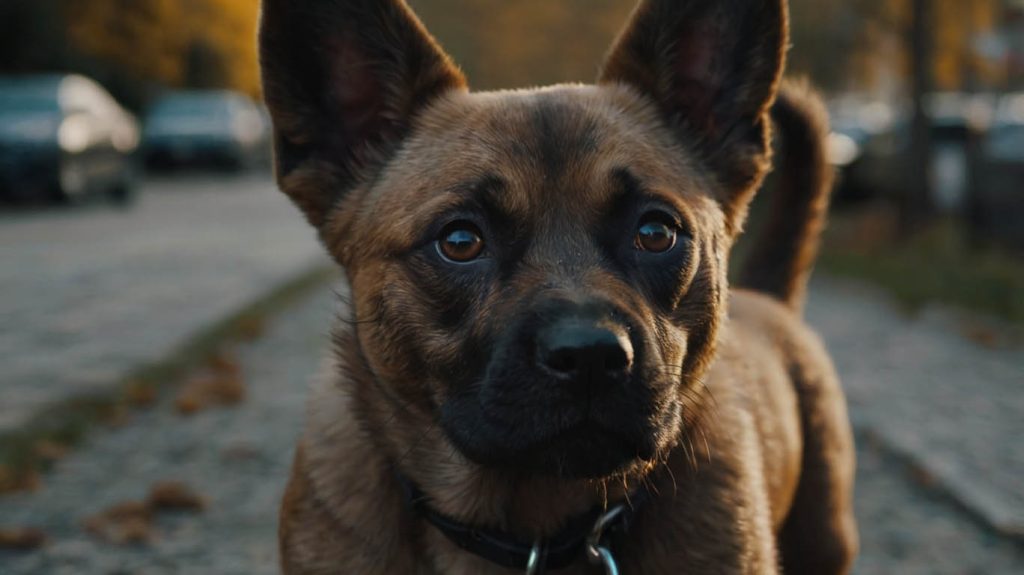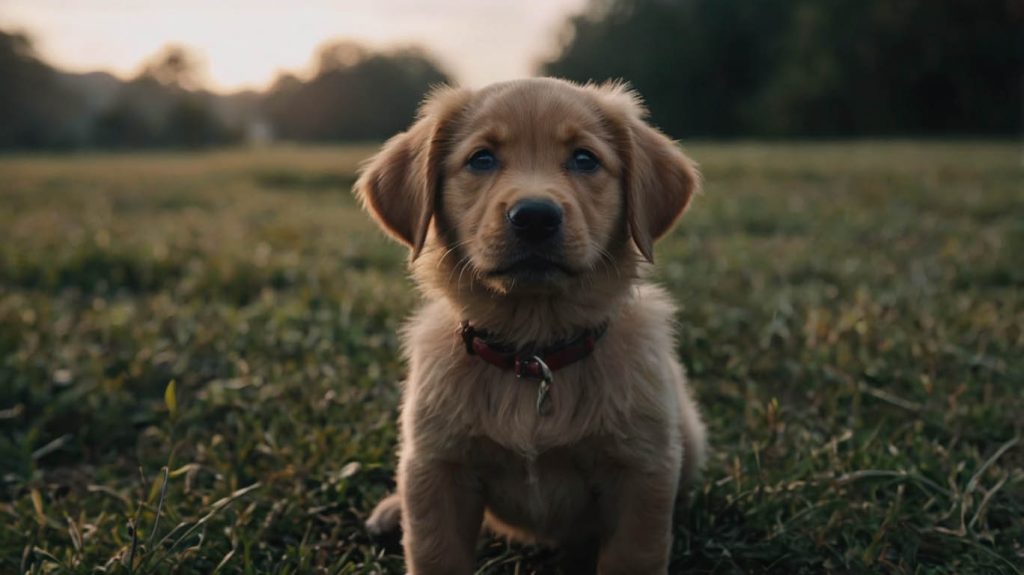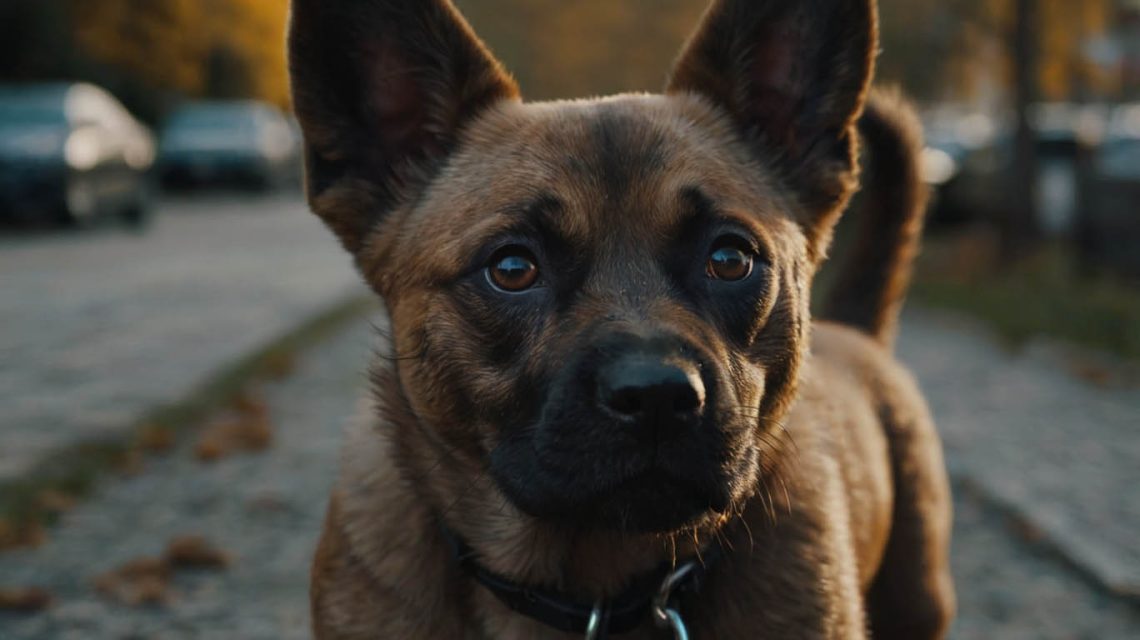When Can I Take My Puppy For a Walk Outside: The Ultimate Guide
The moment Chloe brought home her tiny 8-week-old rescue puppy, Luna, she started dreaming of their future adventures. She envisioned long walks in the park, hikes on local trails, and strolling through their neighborhood. However, after a quick online search, her excitement was replaced by a wave of anxiety. One article warned of deadly diseases lurking outside, while another stressed the urgency of early socialization. Chloe was left feeling completely lost, asking the one question every new puppy parent faces: when can I take my puppy for a walk outside?
Chloe’s confusion is a universal experience. The desire to show your new best friend the world is powerful, but the fear of exposing them to harm is even stronger. This creates a confusing dilemma between protecting their physical health and nurturing their behavioral development.
Consequently, this definitive guide is here to provide a clear, balanced, and vet-approved answer. We will break down the science of vaccinations, explain the risks, and provide a safe, step-by-step plan for both socialization and those long-awaited first walks. Therefore, you can move from a state of worry to one of confident, responsible puppy parenting.
The Core Answer: Why Vaccinations Dictate the Timeline
Let’s address the central question immediately. The answer to “when can I take my puppy for a walk outside” is not determined by their age, but rather by their vaccination status. The general rule, recommended by veterinarians, is that your puppy should not be walked in public areas until they are fully vaccinated.
This is not a suggestion; it is a critical safety measure. Before they are fully vaccinated, puppies are extremely vulnerable to a host of serious and often fatal canine diseases.

Understanding the Dangers: Parvovirus and Other Threats
- Canine Parvovirus (“Parvo”): This is the biggest threat. Parvo is a highly contagious and incredibly resilient virus that attacks a puppy’s gastrointestinal tract. It can survive in the soil, on surfaces, and in fecal matter for up to a year. An unvaccinated puppy can contract it simply by sniffing a contaminated patch of grass. Parvo is extremely expensive to treat and is frequently fatal.
- Distemper: Another serious and contagious viral disease that affects a dog’s respiratory, gastrointestinal, and nervous systems.
- Leptospirosis: A bacterial infection often found in stagnant water or damp soil that can cause severe kidney and liver damage.
Protecting your puppy from these diseases is the number one reason for waiting to take them on public walks.
The Puppy Vaccination Schedule: Your Roadmap to the First Walk
To understand when your puppy is “fully vaccinated,” you need to understand their vaccination schedule. While your vet’s specific protocol may vary slightly, a typical schedule looks like this.
The First Shots (6 to 8 Weeks of Age)
Your puppy will likely have received their first combination vaccine (often called DHPP, which covers Distemper, Hepatitis, Parainfluenza, and Parvovirus) before you even bring them home. This provides an initial layer of protection.
The Crucial Booster Series (10 to 16 Weeks of Age)
A single vaccine is not enough. A puppy’s immune system receives maternal antibodies from their mother’s milk, which can interfere with the vaccine’s effectiveness. Therefore, a series of booster shots is given every 2-4 weeks to ensure their own immune system builds up a robust defense as the maternal antibodies wane.
The Final Shot and the Waiting Period
The final DHPP booster is typically given around 16 weeks of age. However, your puppy is not considered fully protected the moment they get this shot. It takes time for their immune system to respond. Most veterinarians recommend waiting 7 to 14 days after the final vaccination before you can safely answer the question, “when can I take my puppy for a walk outside?” with a confident “now.”

The Socialization Dilemma: A Critical Window of Opportunity
This is where Chloe’s anxiety came from. While we must protect our puppies from disease, we also have a very small, critical window for socialization, which occurs between 3 and 16 weeks of age. During this time, a puppy’s brain is wired to accept new sights, sounds, and experiences. Proper socialization during this period is the key to preventing fear, anxiety, and aggression later in life.
So, how do you socialize them if you can’t take them for a walk? This is the most important part of learning how to introduce a puppy to an older dog and the world at large.
Safe Socialization: How to Introduce Your Puppy to the World Before Full Vaccination
The key is controlled exposure. You can and absolutely should socialize your puppy during this time, but you must do it in safe environments where the risk of disease is minimal to non-existent.
Your Home and Yard: A Safe Starting Point
Your own home and a private, fenced yard (that has not been frequented by unknown or unvaccinated dogs) are your safest socialization zones.
- Introduce new sounds: Play recordings of traffic, vacuums, or thunderstorms at a low volume.
- Introduce new surfaces: Let your puppy walk on carpet, tile, a wobbly cushion, or a crinkly tarp.
- Invite healthy, vaccinated adult dogs over: This is a fantastic way for your puppy to learn proper doggy manners from a calm, reliable “teacher.”
Puppy Socialization Classes: The Gold Standard
This is one of the best ways to socialize your puppy. Reputable puppy classes require all attendees to be up-to-date on age-appropriate vaccines and are held in a sanitized, controlled environment. Here, your puppy can learn to play appropriately with other puppies of a similar age and size.
Carrying Your Puppy in Public: The “Puppy Pouch” Method
You can absolutely take your puppy to public places—as long as their paws don’t touch the ground.
- How to do it: Use a puppy carrier, a sling, or simply carry your puppy. Walk around a pet-friendly store, sit on a bench in a park, or get coffee at an outdoor cafe. This allows your puppy to safely see and hear the sights and sounds of the world without being exposed to pathogens on the ground. This is a critical technique when figuring out how to introduce a puppy to an older dog and new places safely.
Your Puppy’s First Official Walk: A Guide to Success
The day has finally come! Your vet has given you the green light. Here’s how to make that first real walk a positive experience.
Choose the Right Gear
A comfortable harness that doesn’t restrict movement is often better than a collar for a puppy, as it prevents pressure on their delicate neck. Use a standard, non-retractable leash to keep them close.
Keep it Short and Sweet
Your puppy’s first few walks should be very short—just 5 to 10 minutes. The goal is positive exposure, not exercise. Let them sniff and explore at their own pace.
Avoid High-Traffic Dog Areas Initially
For the first few walks, avoid the dog park or other areas where many unknown dogs congregate. Stick to your quiet neighborhood streets to keep the experience from becoming overwhelming.
A Case Study Resolved: How Chloe and Luna Found a Balance
Let’s return to Chloe. After a consultation with her veterinarian, she felt a wave of relief. She now had a clear plan. While waiting for Luna’s vaccinations to be complete, she enrolled her in a puppy socialization class. She carried Luna in a sling on trips to the local hardware store and had her fully vaccinated friend bring over her calm older dog for playdates.
By the time Luna was fully vaccinated and ready for her first walk, she had already been exposed to dozens of new sights and sounds. Her first walk was a joyful, confident experience. Chloe had successfully navigated the question of “when can I take my puppy for a walk outside” by balancing safety with proactive socialization.
The Final Verdict: A Partnership Between You and Your Vet
The answer to “when can I take my puppy for a walk outside” is a journey, not a date on a calendar. It is a process guided by your puppy’s vaccination schedule and balanced with the critical need for early, safe socialization.
Your veterinarian is your most important partner in this journey. Always consult with them to determine the right vaccination schedule for your puppy and to get the official green light for that first exciting walk. What are your biggest questions about puppy socialization? Share them in the comments below!


